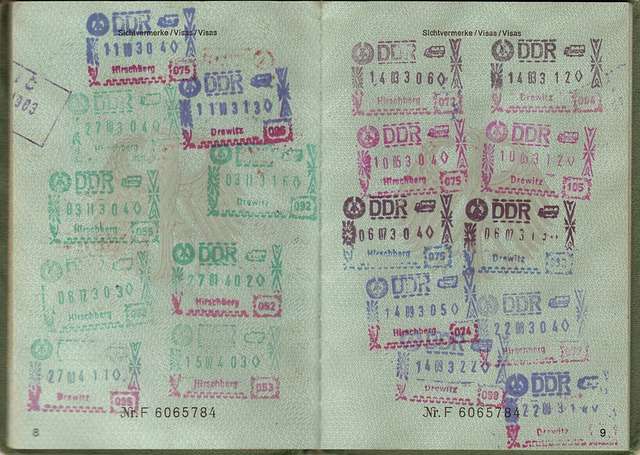Canada is a land of stunning natural beauty, with vast landscapes that stretch from the Atlantic to the Pacific and up to the Arctic. Beyond its physical grandeur, however, lies a deep and rich cultural heritage shaped by the diverse Indigenous peoples who have called this land home for thousands of years. These First Nations, Métis, and Inuit communities have woven a tapestry of traditions, languages, and histories that are inextricably linked to the land. Exploring Canada’s Indigenous heritage offers a profound journey into both the cultural and natural riches of this nation.
The Roots of Indigenous Culture: A Connection to the Land
Indigenous cultures in Canada are deeply rooted in a profound connection to the land. For thousands of years, the land has not only provided sustenance but has also been a source of spiritual and cultural identity. Each Indigenous community has its unique relationship with the natural environment, reflected in their traditions, stories, and practices.
For instance, the Haida people of the Pacific Northwest have a rich tradition of carving totem poles, which serve as monumental sculptures that tell the stories of their clans and ancestors. These totem poles are often carved from the towering red cedars that dominate the coastal landscape, symbolizing the deep bond between the Haida and their environment. Visiting Haida Gwaii, an archipelago off the coast of British Columbia, offers an opportunity to witness this connection firsthand. The islands are not only a cultural heartland for the Haida people but also a place of stunning natural beauty, with ancient forests, rugged coastlines, and abundant wildlife.
Similarly, the Inuit of the Arctic regions have developed a way of life that is intricately tied to the harsh yet beautiful landscapes of the North. Their traditional practices, such as hunting seals, fishing, and building igloos, are a testament to their adaptability and resilience in one of the world’s most extreme environments. The Inuit’s deep knowledge of the land, known as Inuit Qaujimajatuqangit, encompasses traditional ecological knowledge, social values, and environmental stewardship, offering valuable insights into sustainable living in harmony with nature.
Canada visa for Irish citizens
Preserving Traditions Through Language and Art
Language is a cornerstone of Indigenous culture, serving as a vessel for the transmission of knowledge, history, and identity. Across Canada, Indigenous languages are as diverse as the landscapes, with over 70 distinct languages belonging to 12 language families. Each language embodies a unique worldview and way of understanding the world.
Efforts to revitalize and preserve these languages are critical to maintaining Indigenous cultural heritage. In many communities, elders play a vital role in passing down languages to younger generations, often through storytelling, songs, and ceremonies. The use of traditional languages in art and music is also a powerful means of cultural expression.
Indigenous art is another vibrant aspect of cultural heritage, with traditions that span thousands of years. From the intricate beadwork of the Métis to the birchbark canoes of the Algonquin, Indigenous art forms are deeply connected to the natural materials found in their environments. Contemporary Indigenous artists continue to draw inspiration from their heritage, blending traditional techniques with modern influences to create works that reflect both cultural pride and resilience.
The Woodland School of Art, for example, founded by Anishinaabe artist Norval Morrisseau, is known for its bold, colorful depictions of spiritual themes and legends. Morrisseau’s work has been instrumental in bringing Indigenous art to a wider audience, highlighting the rich spiritual and cultural heritage of the Anishinaabe people.
Exploring Indigenous Heritage Through Tourism
Indigenous tourism offers a unique and immersive way to experience the cultural and natural richness of Canada’s Indigenous heritage. Across the country, Indigenous-owned and operated tourism ventures provide opportunities for visitors to engage with Indigenous cultures in respectful and meaningful ways.
In the Yukon, the Dänojà Zho Cultural Centre in Dawson City offers insights into the history and culture of the Tr’ondëk Hwëch’in people. Through exhibits, storytelling, and performances, visitors can learn about the traditional ways of life of the Tr’ondëk Hwëch’in, including their seasonal rounds, fishing practices, and connection to the land. The cultural center also hosts events and workshops that showcase Indigenous arts and crafts, providing a platform for local artisans to share their skills and stories.
Further east, in Quebec, the Huron-Wendat community of Wendake welcomes visitors to experience their vibrant culture and history. The Huron-Wendat Museum offers a comprehensive look at the history, art, and traditions of the Huron-Wendat people, while guided tours of the village provide insights into daily life, spiritual practices, and traditional knowledge. Visitors can also stay at the Hôtel-Musée Premières Nations, an Indigenous-owned hotel that blends contemporary comfort with traditional design, offering a unique cultural experience.
In Manitoba, the Journey to Churchill exhibit at the Assiniboine Park Zoo in Winnipeg not only showcases the wildlife of the North but also includes a strong focus on the cultural significance of these animals to the Inuit and other Indigenous peoples of the region. The exhibit is a powerful reminder of the interconnectedness of cultural heritage and natural conservation, highlighting the importance of preserving both.
Canada visa for British citizens
The Path Forward: Reconciliation and Respect
As Canada continues to reckon with its colonial past, the importance of acknowledging and respecting Indigenous rights and heritage has come to the forefront of national discourse. The Truth and Reconciliation Commission of Canada (TRC), established in 2008, has played a pivotal role in this process by documenting the history and impact of the residential school system on Indigenous communities and making recommendations for reconciliation.
One of the key aspects of reconciliation is the recognition of Indigenous peoples’ inherent rights to their lands, cultures, and languages. Supporting Indigenous-led initiatives, whether through cultural tourism, education, or environmental stewardship, is an essential part of this process. By engaging with Indigenous heritage in respectful and meaningful ways, Canadians and visitors alike can contribute to the preservation and revitalization of this rich cultural legacy.
Conclusion: A Journey of Discovery and Respect
Discovering the cultural and natural riches of Canada’s Indigenous heritage is a journey that offers both profound beauty and deep insights. From the towering totem poles of the Haida to the resilient traditions of the Inuit, Indigenous cultures are inextricably linked to the land they have stewarded for millennia. Through language, art, and tourism, these cultures continue to thrive, offering a unique and essential perspective on Canada’s identity.
As we explore these cultural and natural treasures, it is crucial to do so with respect, understanding, and a commitment to reconciliation. In doing so, we not only honor the legacy of Canada’s Indigenous peoples but also enrich our understanding of the land we share.
Also read: The Hidden Gems of Cambodia: Unexplored Natural Beauty Beyond the Tourist Trail










